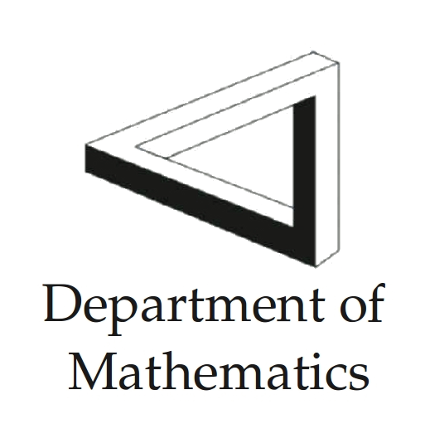2014 - 2015 : Satellite positioning systems
Summary
The general aim of this project is the study of 3 positioning satellite constellations: GPS (USA), GLONASS (Russia) and Galileo (Europe). We studied the satellite positioning operation and the trajectories of the satellites around the Earth.
We first developed software for modeling the satellite orbits. The software is implemented in IFortran90. We found the keplerian coordinates of satellites in the website TLE. The software takes initial conditions in keplerian coordinates and gives us positions of satellites at each time in two files: one for keplerian coordinates and another for Cartesian coordinates.
From these files, we analyzed trajectories and evolutions of the orbits using Matlab. For that, we analyzed evolution of keplerian coordinates versus time. Moreover, we implemented and plotted the skyplots and the groundtrack for each constellation.
Dynamic visualizations in 3 dimensions of the satellite orbits around the Earth have also been developped.
Skyplots
The skyplot tracks the motion of satellites in terms of elevation (inclination) and azimuth (North, South, East, West). Each track represents one satellite.
The elevation of each satellite can be estimated using the concentric rings nested within one another. The outside ring is 10° given that we consider a satellite as unusable below 10°.The middle of the plot is a 90° elevation (directly above).
The figure below displays a skyplot of GPS (black) and GLONASS (magenta) in station NYA1 (78° N., 11° E). We can see that GLONASS arises more than GPS for this station. This is one of the characteristic of the GLONASS constellation, which has a better cover of extreme latitudes.

Groundtrack
A groundtrack is the path on the surface of the Earth directly below a satellite. It is the projection of the satellite's orbit onto the surface of the Earth. The groundtrack of the satellite,with inclinaison i, reaches latitudes -i to i.
The figure below shows the groundtrack of GPS (black), GLONASS (magenta), Galileo (cyan) and of the 2 Galileo satellites'misplaced (red).

3D-visualizations
For the sake of an easy understandable representation, 3D-visualizations have been developped. First at all, we focused on the implementation of a static visualization with Matlab. It helps to describe the constellations considered for this project. The constellations GPS, GLONASS and Galileo are respectively represented below.



Nevertheless, it doesn't help to figure out the satellite's motion. So, a dynamic visualization was necessary. It has been done by using Maya and Unity.
About us
Currently studying Mathematics at the University of Namur, we are a group of 3 Belgian students: Pierre Deslee, François Lamoline and Carol-Ann Schmit.
Carol-Ann was born in 1991 and is from the small town of Chimay. She is really interested in statistics; she did her master thesis in statistics on biodiversity of the Meuse river and really enjoyed it. Later, she would like to work in this field. She always does something, during her student years. For instance, she was involved in various student groups.
Pierre Deslee was born in 1992 and is from Rebecq. He’s interested in cryptography (master thesis) and software development. He always does something, during his student years he was involved in various student groups. By the way, he is also involved in youth movement (scout).
François Lamoline was born in 1992 in Libramont and raised in Vaux-sur-Sûre. His master thesis, analysis and control of linear Port-Hamiltonian systems on infinite dimensional spaces. During the spring semester 2014, he took part of the Erasmus exchange program at the University of Bern. He had the opportunity to meet some interesting persons from different countries and continents, some of them becoming good friends. During his spare time, he likes doing sports and listening music.
All of us really enjoyed our 5 years in Namur where we have a great mix of theory and practical implementation. More, there is a great familiar atmosphere in the mathematics department of Namur.
If you want to get in touch, feel free to send me an email to


